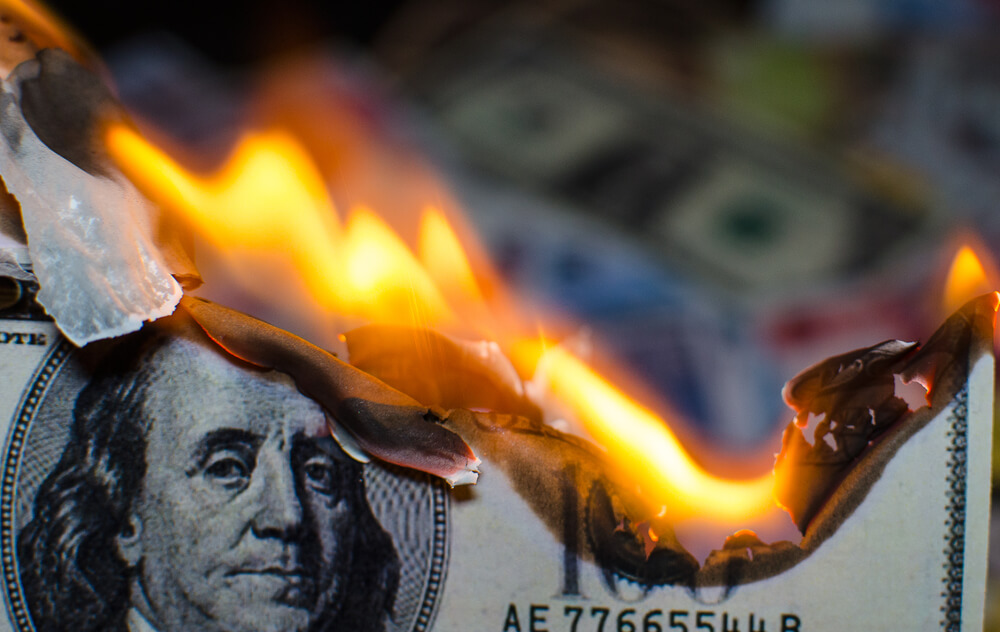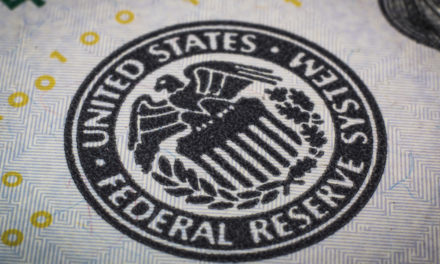YOUGHAL, IRELAND – This just in: The crooked tower of debt is growing taller and leaning further over.
The Global Debt Monitor reports:
Spurred by falling interest rates, global debt rose by a hefty $3 trillion in Q1 2019. At over $246 trillion, global debt is now just $2 trillion shy of the all-time high of Q1 2018.
Meanwhile, Wall Street hesitated yesterday. After pushing stocks up to their highest level ever, investors must be wondering: what next?
The answer was right there in the Global Debt Monitor’s headline: Déjà vu. Lower rates. More debt.
(As for stock prices, it is hard to say.)
Bigger Lies
We’ve seen that all forms of “stimulus” are mutant varieties of fraud. Whether we’re talking about unfunded tax cuts, bigger deficits, giveaway checks, quantitative easing (QE), zero interest-rate policy (ZIRP) or lower interest rates — they all work the same way.
That is, they all lie. They tell us that there is more demand (money) around than there really is. And they “work” by misleading people into doing things they shouldn’t do. Consumers overspend. Businesses overproduce. And investors buy stocks that are overpriced.
Depending on how it is delivered, this inflation of the money supply causes over- and adverse reactions that can easily be mistaken for real growth. More consumer spending. More business expansion. Higher stock prices.
But it is all a lie. And as the lying goes on, the economy gets more and more out of kilter … more and more dependent on inflation … And the feds need to tell bigger and bigger whoppers to keep it from collapsing.
Turning Point
This is the big financial story of our time: Inflate or Die. Either the feds continue to lie persuasively by inflating prices … or the truth comes out and the bubble deflates.
That’s why Fed Chief Jay Powell first “paused” his normalization program. After eight years of ZIRP, he was cautiously raising rates to bring them back to traditional levels.
Then, last autumn, after a mere hint of falling stock prices, he put the program on pause.
Two months ago, he stopped it altogether and put out the word that he may be going in the other direction.
That was the key turning point, marking the beginning of the Inflate or Die era. Until then, there was some lingering hope that the Federal Reserve might retain a bit of integrity and actually “normalize” interest rates, as promised.
Here at the Diary, we never believed it. And in May, the truth was obvious to everyone. Stocks rose to new record highs shortly after.
Neutral Rate
The so-called “neutral rate,” says Mr. Powell, “is substantially lower than we thought.”
This is claptrap. As we explained last Friday, there is no such thing as a neutral rate. And even if there were one, Mr. Powell wouldn’t know it if it bit him on the derrière.
Now, he thinks a federal funds rate barely (about 20 basis points or 0.2%) over the level of consumer price increases is not low enough. Fed watchers expect two rate cuts this year.
The “low interest-rate man” in the White House is pushing inflation, too. He’s packing the Fed Board with toads who will hold interest rates down, and threatening Jay Powell’s job security if he fails to go along.
Mr. Trump:
We just hit 27,000-plus on the Dow. It’s the highest the stock market has ever been. […] And I’m really good at this stuff. I know what I’m talking about.
The White House website:
The economy has come roaring back to life under President Trump.
Crooked Capitalism
But the economy has not come roaring back to life at all. The key indicators — wages, GDP growth, final sales — are all still shuffling along at about the same rate as they were under Barack Obama. And new estimates for the second quarter put growth at only 1.4%.
Stocks are up. But inflated stock prices are not the same as real wealth. In the first place, the stock market could be cut in half tomorrow … and whoosh! $15 trillion of this fake wealth would vanish.
More importantly, this fake wealth is supplanting the real thing. As if skewed by a fake plumb line, the whole edifice of American capitalism is crooked. Cheap, short-term money from the Fed is spent on cheap, short-term tricks; long-term wealth building is neglected.
IBM, for example, is struggling with debt and failed acquisitions. But it spends every penny of its earnings buying its own stocks. And over the last 10 years, business debt increased 50%. But net business investment — in real, wealth-producing projects — was flat.
The trouble with inflation, as we’ve pointed out before, is that it delivers its benefits like a package from Amazon — almost immediately.
And by the time the bill shows up, the people who placed the order are no longer around to receive it. They’ve been replaced by new politicians, new voters and new consumers.
And what are they going to do? Stump up the money with grace and good humor? Or try to find some new way to avoid the pain?
Looking ahead, the next five years are likely to be dominated by new and outrageous ways of inflating.
Student loan forgiveness … Medicare for everyone … infrastructure … lower interest rates … new currencies … more debt …
It will be like watching to see how many beer cans a drunk can stack before they all fall down.
Regards,
Bill
• This article was originally published by Bonner & Partners. You can learn more about Bill and Bill Bonner’s Diary right here.




